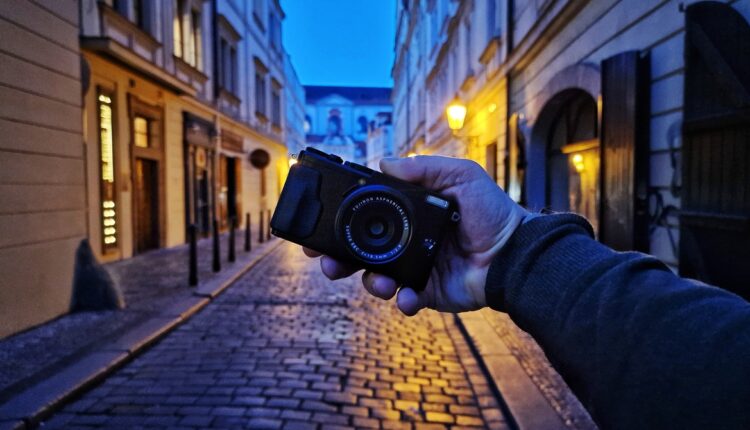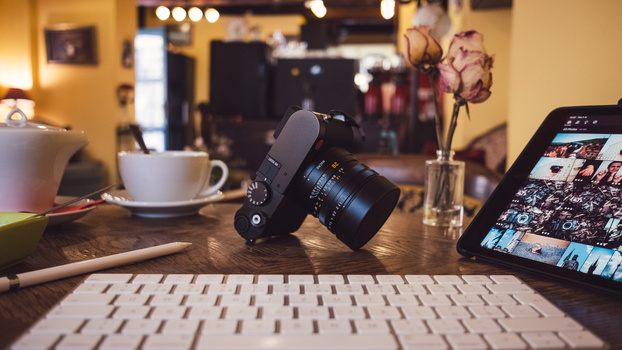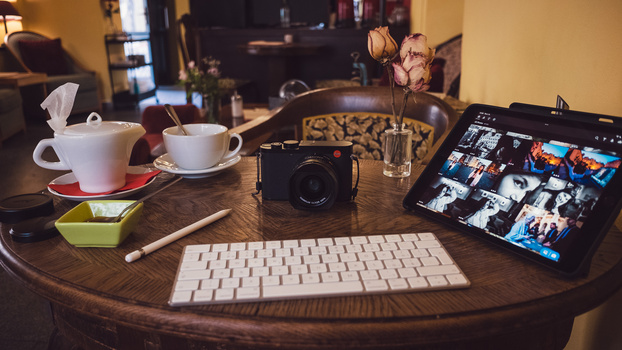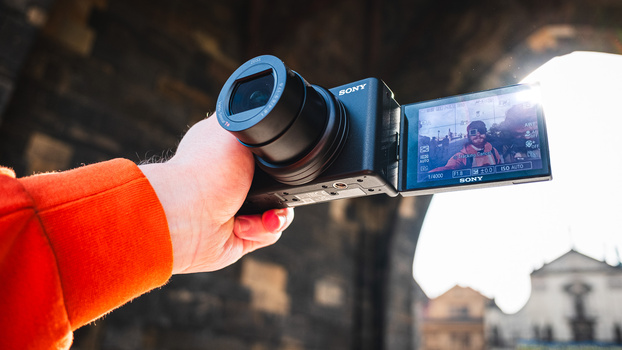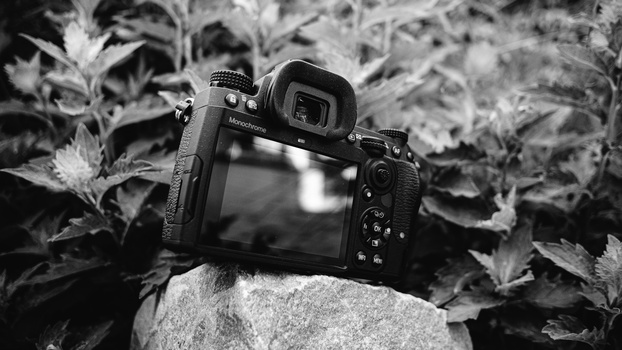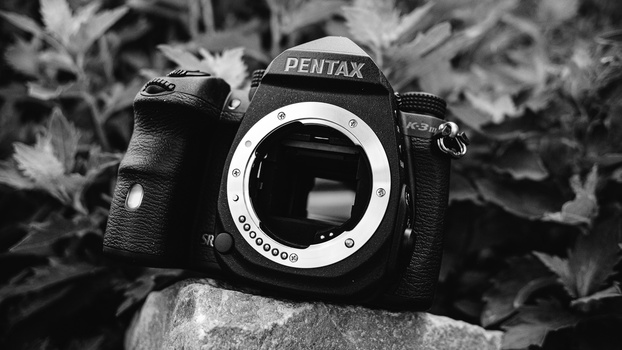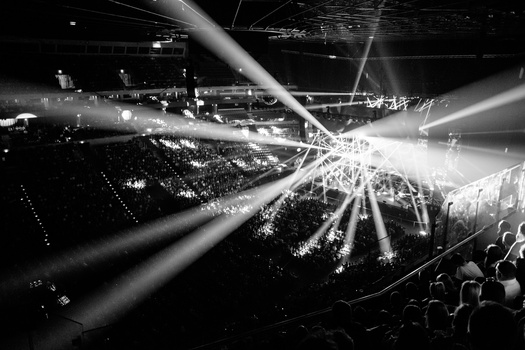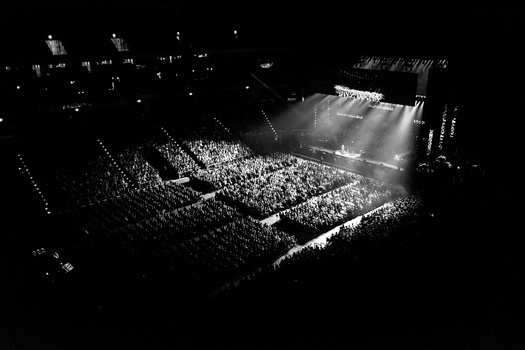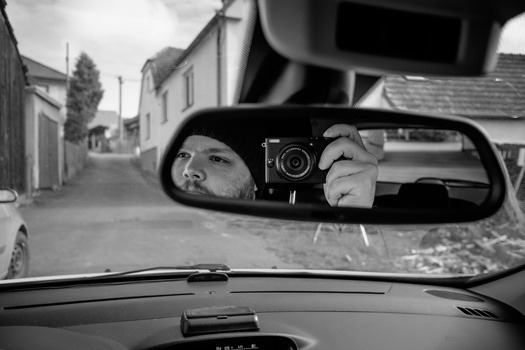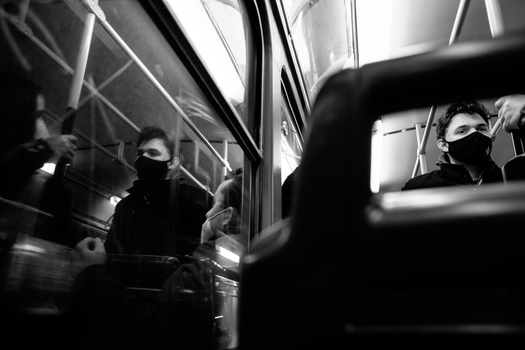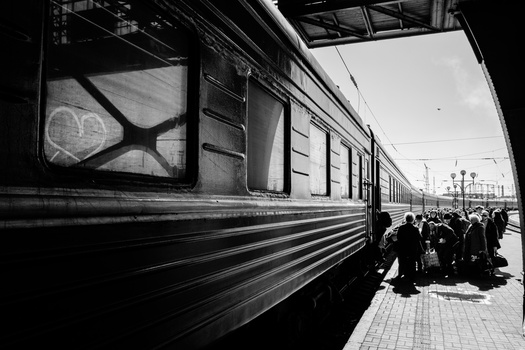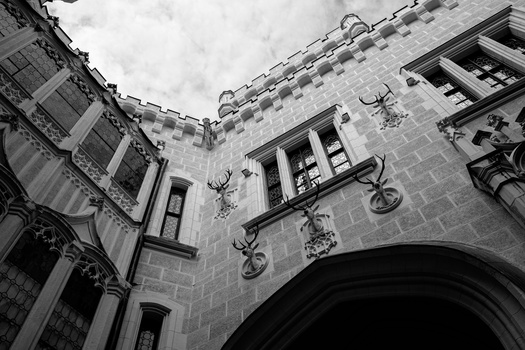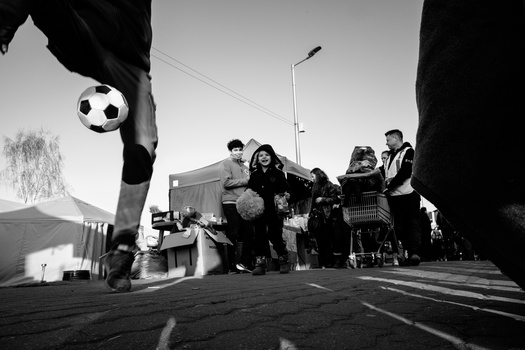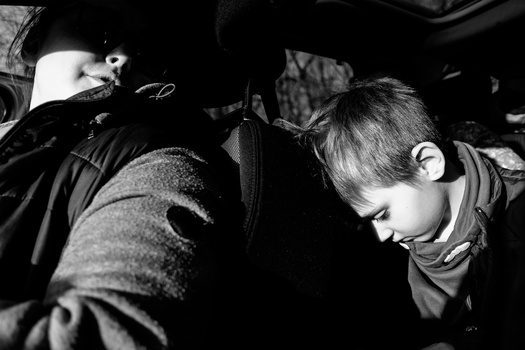©2021 Reporters Post24. All Rights Reserved.
Many photographers know the famous Ricoh GR lineup. Unsurprisingly, it is a widely loved and appreciated series of APS-C fixed-lens compact cameras. But it is not alone in this space. Many Fujifilm users know the X70 well, but is it still a good choice today, nearly seven years after its release?
Does It Even Need a Comparison?
There is no other camera to compare the Fujifilm X70 to apart from the GR series. So, one could think that is all you might want to do when you’re trying to introduce the camera to more people, since the Ricohs are clearly the popular kids on the block in this regard. But that would be a disservice to the X70 since it is truly unique in its own right, so I’ll get the similarities out of the way right at the start.
Both the Fujifilm X70 and the Ricoh GR III feature an APS-C sensor with a small and lightweight body. Neither of the cameras has a viewfinder unless you attach a simple analog one to the hot shoe. Both cameras have a fixed lens with a focal length of a little over 18 millimeters, resulting in a full frame equivalent of roughly 27mm. The only exception is the newer GR IIIx featuring a slightly tighter 27mm lens (41mm full-frame equivalent). All of these cameras have a maximum aperture of f/2.8, and they all feature a very silent leaf shutter. Image quality is wonderful out of all of these, but this is pretty much where the similarities end. I’ll try to avoid comparisons from now on but expect a few more along the way.

Let’s Start With the Design First
The Fujifilm X70 has a small and lightweight metal body ideal for being used as your everyday camera. It fits into your pocket with no issues as well as its weight of 340 grams is barely noticeable. The lens does not come out of the camera once activated, as it does with the GR. The lens is extended at all times, which does make it about a centimeter thicker than the GR III, but it is still very manageable.
The camera looks modern but vintage at the same time, mainly thanks to the analog dials dedicated to adjusting your exposure. The thin aperture ring surrounding the lens has two tabs for you to hold onto to change your aperture value, just like the Fujifilm X100 series cameras have. The top plate holds a shutter speed dial as well as an exposure compensation dial. The controls are pretty much identical to most Fujifilm cameras. The only issue I have with the top plate is the red color on the record button. The button can be mapped to multiple different functions, so why label it in such an aggressive color that just stands out unnecessarily? I can’t think of anyone who has bought this camera for its stellar video features, mainly for the lack thereof.
The biggest advantage over the GR III is decorating the back of the camera. A large tilting screen allows for tilting 45 degrees downwards and even 180 degrees up or forward. It is a perfect screen for shooting from the hip with your thumb resting comfortably on the shutter button. The rubber grips on the front and back of the camera help with this way of shooting tremendously. The screen is not too bad in brightly lit environments as long as it’s clean. The last bonus of the screen is the touch feature, allowing for quick focus point changes.

What’s Inside?
The most important feature of the camera is its sensor. The APS-C sensor in the Fujifilm X70 is the second generation X-Trans CMOS found in the likes of Fujifilm X-T1, or the Fujifilm X-T10. It offers 16 megapixels of resolution and a maximum native ISO of 6400. It is not the most advanced image sensor you’ve ever seen, certainly not by today’s standards. But the photographs it delivers are truly beautiful. Thanks to the X-Trans matrix, the processor, and Fujifilm’s “magic,” it gives us beautiful, organic-looking photos. When shot in monochrome, the higher ISO values give us artifacts that more resemble grain instead of your traditional digital noise.
The amount of detail captured is nowhere near what most cameras today can achieve. But the images are still lovely and a joy to edit, print, and look at. The dynamic range is sufficient for most uses and the Classic Chrome film simulation is beautiful for those everyday images of family trips, holidays, and/or street captures.
‘It’s Not Just a Phase!’
The X-Trans II sensor was the first one to bring on-sensor phase detection autofocus to Fujifilm cameras. And while it has helped considerably, especially compared to the likes of X-Pro1 and X100S which only used contrast detection, the X70 is by no means a fast-focusing camera. Especially once you move your focus point away from the center area of the sensor. If the conditions are right and the light is bright enough, the camera can snap into focus fast and lock on. But once it’s a bit dim, it can take a second. The GR has an advantage in this regard with its snap focus feature. That being said, I’ve just learned to work around the limitations of the autofocus and know what I can expect it to do.

Dead in a Second
The battery Fujifilm has decided to use in the X70 is the tiny NP-95. If I can squeeze a little over 300 images out of it, I’m proud of myself. The battery life is truly disappointing and one of the main reasons I choose to carry my X-T5 with me at all times instead of the X70, even though I have a spare battery. The only redeeming feature is the ability to charge the battery internally, even though the USB is still the older Micro-B instead of a current Type-C.
What I Like About the Camera
First and foremost, it has to be the ergonomics and the physical controls. That, combined with the brilliantly hinged tilt-screen, makes the camera fun to use even in full manual. The image sensor delivers truly beautiful files even today. Yes, it is grainy at high ISO values, but that was never something I cared about much as long as the grain is pleasing, which, in the case of any X-Trans camera, it is.
The option to map multiple buttons to your liking is definitely nice to be able to do, especially on such a small body. That segued nicely to the next favorite feature of the camera: the compact dimensions. Last but definitely not least is the 18.5mm f/2.8 lens. Of course, I’d prefer f/2 as the X100 cameras get, but that would be at the expense of size, and f/2.8 gets us decent depth of field up close with the APS-C sensor. I even enjoy using it for product shots in many of my written reviews.
What I Dislike About the Camera
As I’ve already mentioned, the battery life is far from decent. I have to charge it pretty much daily to not be scared of running out during my regular photo walks. If we ever get an X80 from Fujifilm, I beg them to at least use the larger NP-W126S. And if we do get an X80, it would be amazing to get at least the X-Trans 4 if not X-Trans 5 HR with the fifth-generation processor. Not because of any image quality issues. I’m perfectly fine with that. But the autofocus would improve so much that I’d use it during weddings much more than I do now.
To Sum It Up
The Fujifilm X70 is still a brilliant camera in 2023. Due to its small size, low weight, wonderful image quality, and silent shutter, it is a perfect daily camera to keep on your body at all times. Its popularity is clear, especially by the visible hesitance of many owners to sell their units. And the ones that are available on the second-hand market are still priced above more modern X-T2s and X-E3s. The sensor delivers truly lovely prints even when printing above A4.
Many of us are still quietly dreaming of Fujifilm reviving this line-up by releasing an X80. I know we got the XF10 a few years ago, but that one was nowhere near as good as the X70. It was more of an amateur clicker, whereas the X70 is perfect for someone in love with photography. An X80 with a newer AF system as well as a larger battery would be an instant “Add to basket” click for me. Just keep the design and controls exactly the same. Oh, and make the video record button black. Until then, I’ll be holding onto my X70 tightly and using it as much as I can. It truly is fun to photograph with.
Samples


